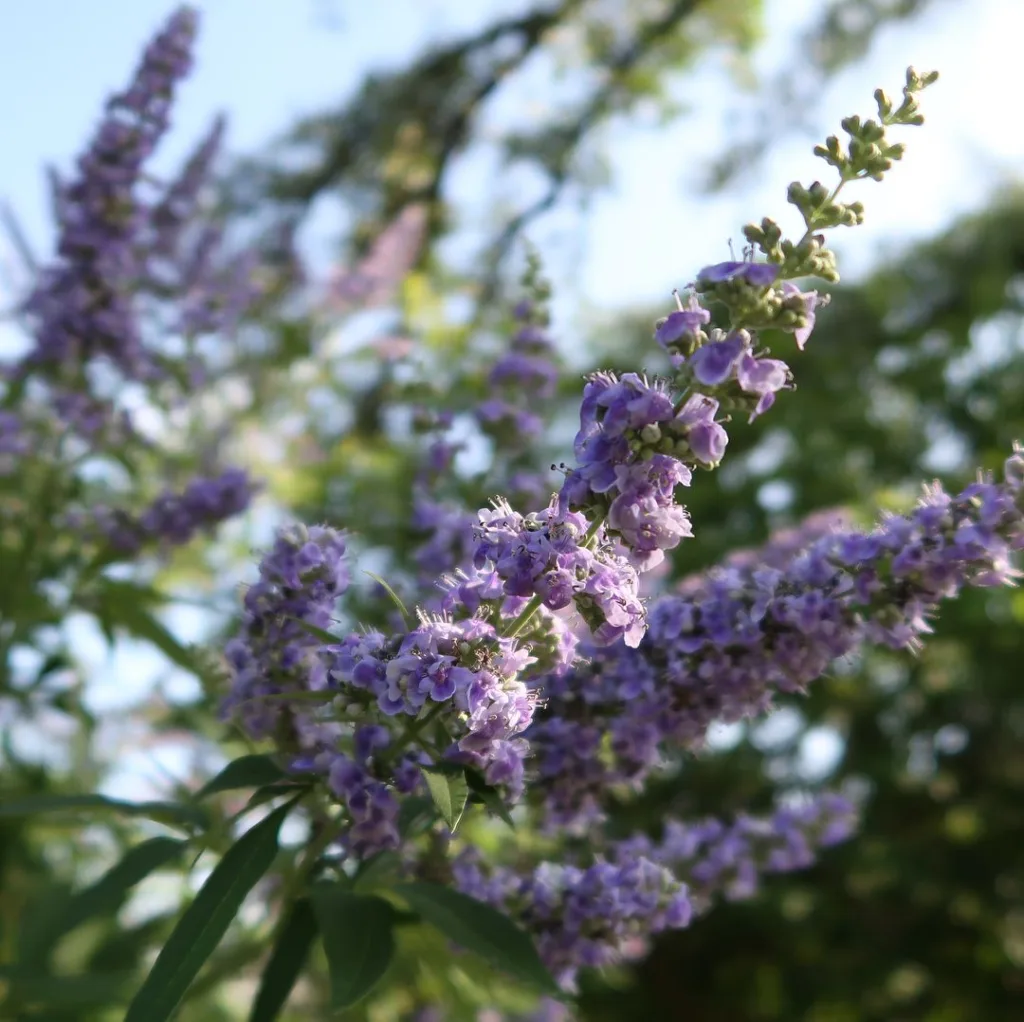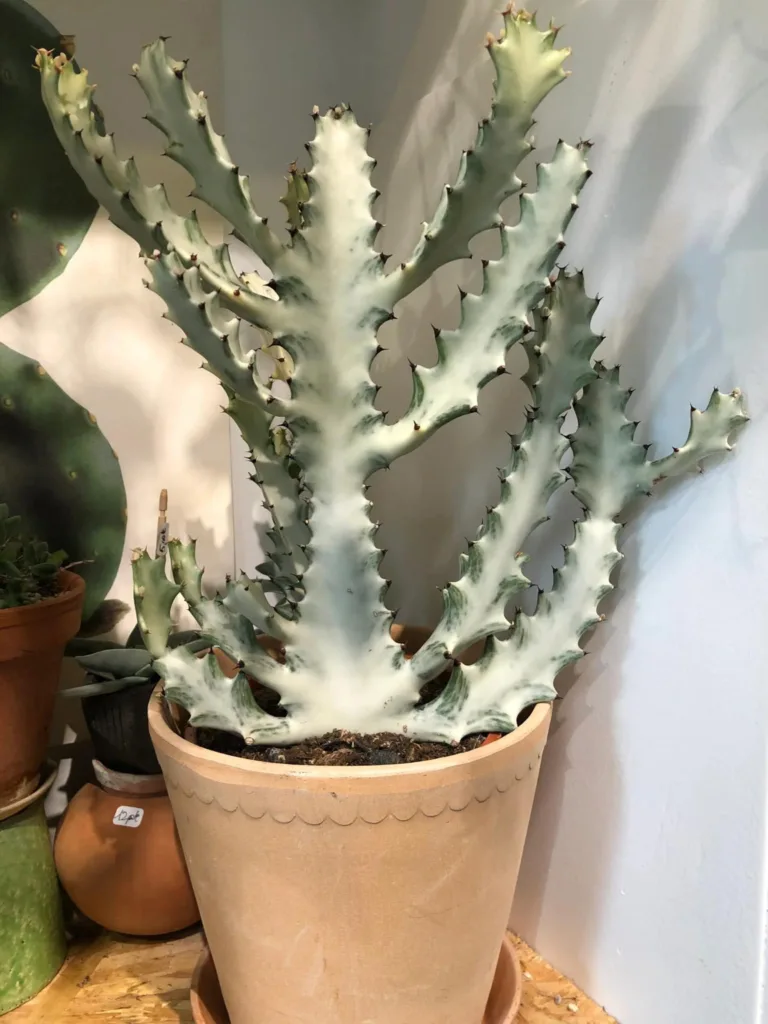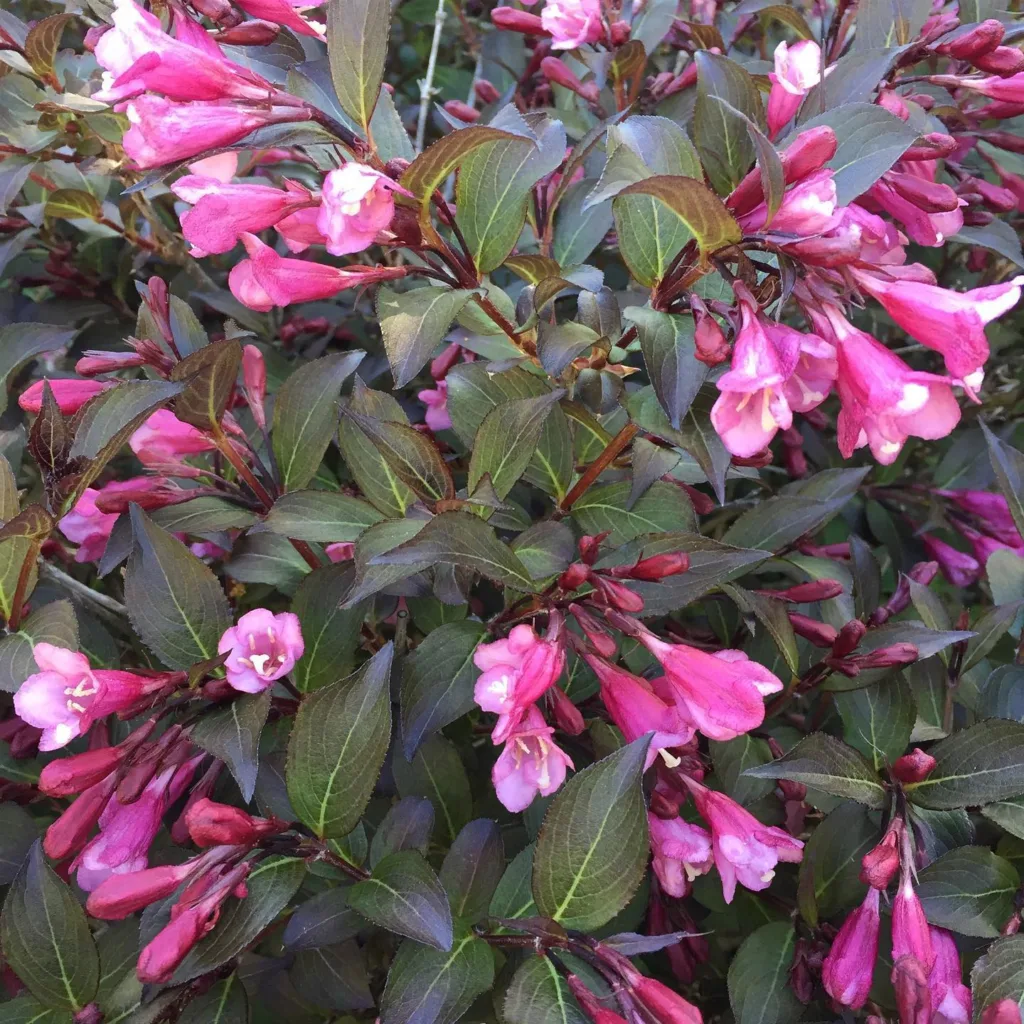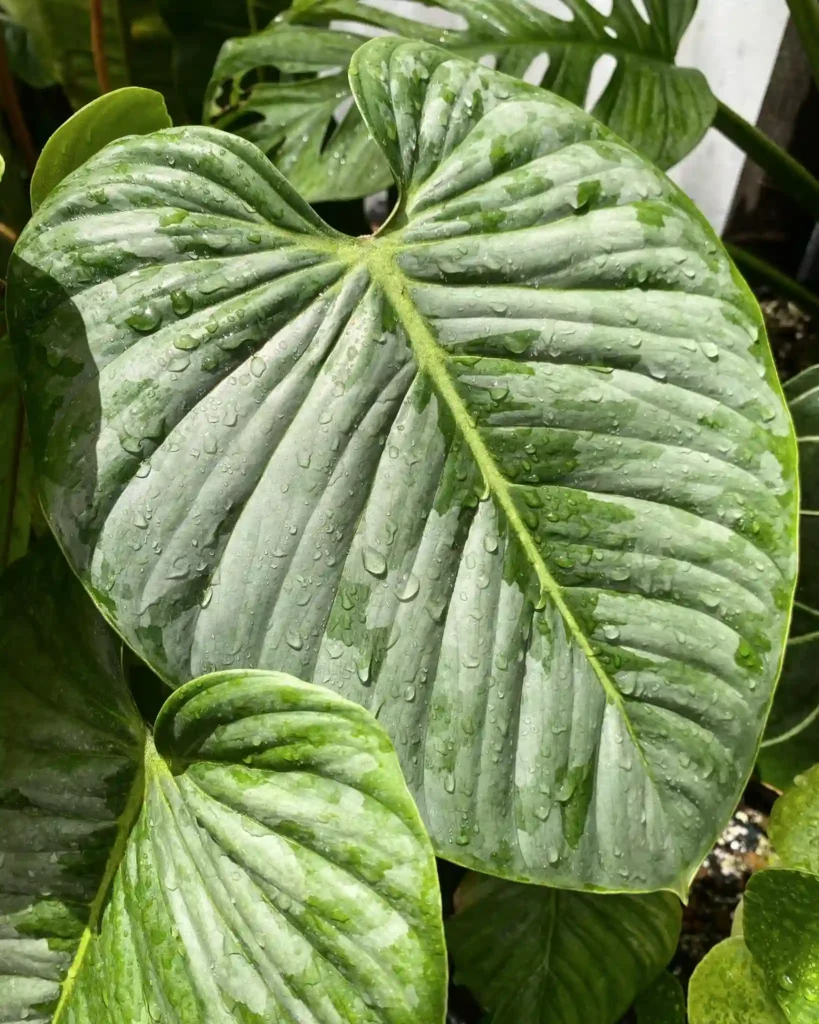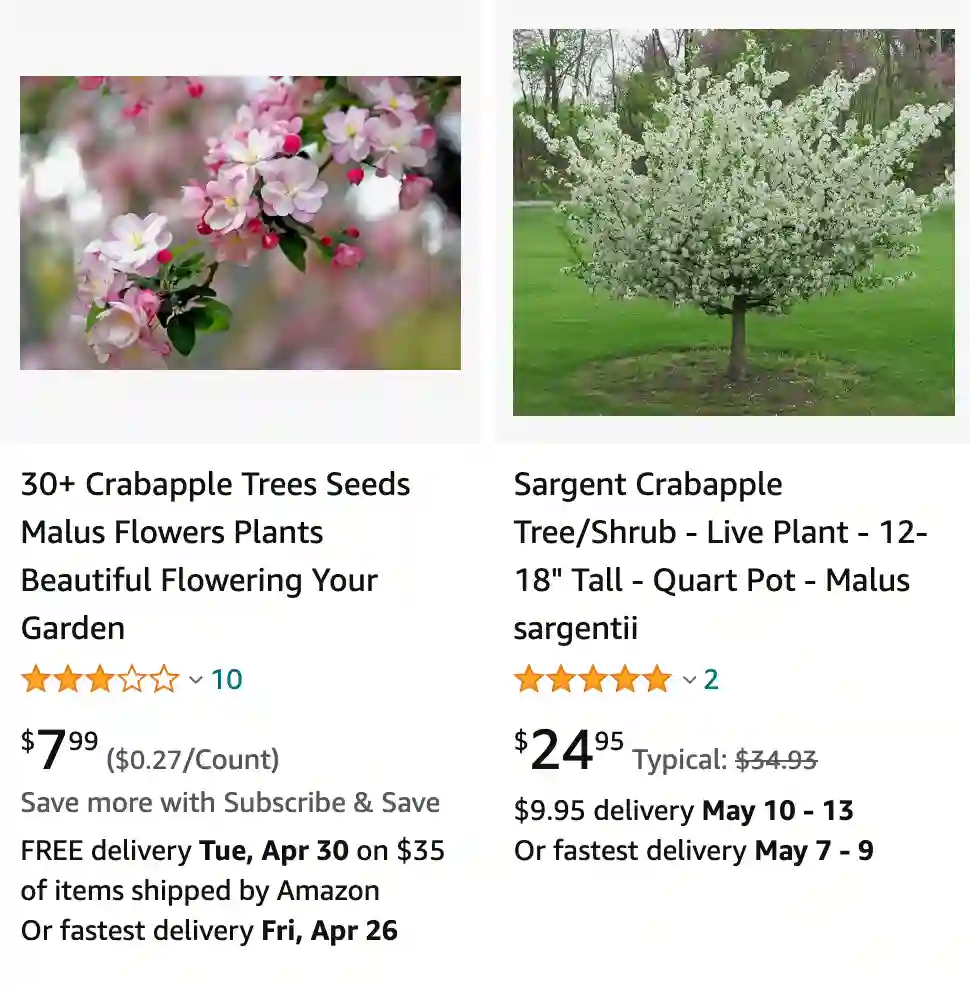
What is a crabapple?
My name is Ferb Vu, and I’ve always been fascinated by the diversity of the natural world. One genus of plants that particularly captures my attention is Malus, the group that encompasses all those trees we call apples or crabapple. From the crisp sweetness of a Honeycrisp to the tart bite of a Granny Smith, the sheer variety within this single genus is astounding.
It’s easy to think of apples solely as a grocery store staple, but Malus is far more than just the source of our favorite pie filling. This genus boasts a rich tapestry of species, each with its own unique characteristics and history. Join me as we delve into the world of Malus, exploring its diversity, its significance, and its enduring appeal.
A Diverse Family Tree
The Malus genus is a member of the Rosaceae family, which also includes roses, pears, and plums. While the exact number of Malus species is debated, estimates 43, with new species still being discovered. These species are native to the temperate regions of the Northern Hemisphere, primarily Asia, Europe, and North America.
Here are:
- Malus domestica: This is the species that gives us the familiar cultivated apple, the one we find in orchards and supermarkets. It’s believed to have originated in Central Asia, and its history is intertwined with human civilization, appearing in art, mythology, and literature for millennia.
- Malus baccata: The Siberian crabapple, as it’s commonly known, is prized for its hardiness and its profusion of white or pink blossoms in spring.
- Malus floribunda: This species, with its showy pink buds that open to white flowers, is a popular ornamental tree, adding a touch of elegance to gardens and parks.
- Malus sylvestris: The European crabapple, a wild ancestor of the cultivated apple, is known for its small, tart fruits and its role in supporting biodiversity.
- Malus angustifolia (Aiton) Michx.
- Malus asiatica Nakai
- Malus coronaria (L.) Mill.
- Malus crescimannoi Raimondo
- Malus daochengensis C.L.Li
- Malus delavayi (Franch.) B.B.Liu
- Malus doumeri (Bois) A.Chev.
- Malus florentina (Zuccagni) C.K.Schneid.
- Malus fusca (Raf.) C.K.Schneid.
- Malus halliana Koehne
- Malus honanensis Rehder
- Malus hupehensis (Pamp.) Rehder
- Malus indica (Colebr. ex Wall.) B.B.Liu
- Malus ioensis (Alph.Wood) Britton
- Malus jinxianensis J.Q.Deng & J.Y.Hong
- Malus × kaido (Wenz.) Pardé
- Malus kansuensis (Batalin) C.K.Schneid.
- Malus komarovii (Sarg.) Rehder
- Malus leiocalyca S.Z.Huang
- Malus longiunguis (Q.Luo & J.L.Liu) B.B.Liu
- Malus mandshurica (Maxim.) Kom. ex Skvortzov
- Malus muliensis T.C.Ku
- Malus ombrophila Hand.-Mazz.
- Malus orientalis Uglitzk.
- Malus prattii (Hemsl.) C.K.Schneid.
- Malus prunifolia (Willd.) Borkh.
- Malus rockii Rehder
- Malus sikkimensis (Wenz.) Koehne
- Malus × soulardii (L.H.Bailey) Britton
- Malus spectabilis (Aiton) Borkh.
- Malus spontanea (Makino) Makino
- Malus toringo (Siebold) de Vriese
- Malus toringoides (Rehder) Hughes
- Malus transitoria (Batalin) C.K.Schneid.
- Malus trilobata (Labill. ex Poir.) C.K.Schneid.
- Malus turkmenorum Juz. & Popov
- Malus yunnanensis (Franch.) C.K.Schneid.
- Malus zhaojiaoensis N.G.Jiang
- Malus × zumi (Matsum.) Rehder
What does a crabapple look like?
Crabapples look like miniature versions of regular apples, sort of like how cherry tomatoes compare to regular ones. They can be red, yellow, or even have an orange tint. I often see them clustered on trees in the fall, adding bright pops of color to the landscape. The trees themselves always look kind of gnarled and twisted, and the branches can be surprisingly thorny! It gives them this wild, natural look compared to the neatly pruned apple trees you see in orchards.
Are crabapples edible?
Apparently, you can eat crabapples, but honestly, I wouldn’t want to eat one raw. I’ve heard they’re incredibly sour and have a pretty unpleasant texture. But I think that’s what makes them great for things like jams and jellies! The tartness seems like it would cut through the sweetness perfectly, and I know they’re high in pectin, so the preserves would set beautifully. I’ve even heard you can add crabapples to apple pies to give them a flavor boost!
When to prune crabapple trees?
I don’t have much firsthand experience with pruning crabapple trees, as I’ve never had one in my yard. However, I’ve always wanted to plant one, and I’ve done some research for when that day comes. From what I understand, the best time to prune is late winter or early spring when the tree is still dormant. That way, you avoid messing with its growth cycle. Plus, with no leaves on the branches, it’s much easier to see what you’re doing when you’re out there with your pruning tools.
Do deer eat crabapples?
Absolutely! Deer seem to love crabapples, at least from what I’ve observed. We have a few crabapple trees in a park near my house, and whenever the fruit starts to drop in the fall, the whole area becomes a deer hangout. I see them munching away early in the morning and have even spotted a few deer sniffing around the trees at night. They seem to polish off the crabapples much faster than the regular fallen apples that are everywhere.
What to do with crabapples?
Honestly, the possibilities seem endless when it comes to crabapples! I’m most familiar with using them to make crabapple jelly. The idea of that vibrant color and tart-sweet flavor is really appealing. Plus, giving jars of homemade jelly as gifts feels so special. However, I’ve seen recipes for crabapple chutney, sauce, and even cocktails! The other day I stumbled across a recipe for spiced pickled crabapples, which sounded super unique. It seems like their tartness makes them perfect for experimenting with all kinds of creative culinary uses.
Are crabapples bad for dogs?
Unfortunately, yes, crabapples can be bad for dogs. While the flesh of the fruit itself probably won’t harm them, the stems, leaves, and especially the seeds of crabapples contain cyanide, which is toxic to dogs. My neighbor’s dog got into some fallen crabapples last year, and it made him quite sick. He was vomiting and lethargic, so it was definitely a trip to the vet. It’s important to keep a close eye on our furry friends if we have crabapple trees around.
When do crabapple trees bloom?
Crabapple trees are such a beautiful sign of spring! I always get excited when I see them start to bloom. Usually, it happens around April or May in my area. The trees absolutely explode in these bursts of color – pink, white, sometimes even a reddish hue. They have a really sweet, delicate scent as well. It’s one of my favorite things to see on neighborhood walks as the weather starts to get warmer.
How big do crabapple trees get?
Crabapple trees come in all sorts of sizes, which is one of the things I find appealing about them. There are dwarf varieties that stay pretty compact if you have limited yard space. My neighbor has one of those – it can’t be much more than 6 feet tall. On the other hand, some crabapple trees can grow quite large, up to 20 or even 25 feet! The wild crabapple trees I see in our local park are pretty massive and have a really beautiful spreading canopy. It definitely depends on the specific variety.
How fast do crabapple trees grow?
From what I understand, crabapple trees are considered moderate growers, meaning they don’t shoot up overnight, but you won’t be waiting decades to see them reach a decent size either. I’ve heard they can grow about 1-2 feet per year. Of course, this depends on things like the variety of tree, the soil conditions, and how much sun it gets. I’d love to add a crabapple tree to my yard, and it’s nice to know that I wouldn’t have to wait too long to enjoy seeing it mature.
How to make crabapple jelly?
I haven’t made crabapple jelly myself yet, but it’s definitely on my culinary to-do list! From what I’ve gathered, the process seems fairly straightforward. First, you gather and clean your crabapples. Then, you boil them until soft, strain out the juice, and add sugar. You boil that mixture until it reaches the jelly stage, which you can test using a thermometer or the plate method. Finally, you can pour your beautiful homemade jelly into jars! There are tons of recipes online with more specific details, and I’m sure there are helpful YouTube tutorials as well.
How to plant a crabapple tree?
I’ve never personally planted a crabapple tree, but I’d love to try it someday! I’ve done some research and here’s what I understand. First, you want to pick a spot that gets plenty of sunlight. Then, dig a hole that’s twice the size of the root ball and a bit deeper. Place the tree in the hole, making sure where the trunk meets the roots is level with the ground. Backfill the hole with soil, water it well, and you might consider adding mulch around the base to help keep the ground moist. And of course, choosing a healthy tree from the nursery is super important to get things started off right!
When are crabapples ripe?
Crabapples usually ripen sometime between late summer and fall, though the exact timing depends on your location and the specific variety of tree. One good indicator is to look at the color – they get deeper and more vibrant as they ripen. You can also try a taste test, but be prepared, as they’re quite sour when unripe! If the flesh is a bit softer and has a hint of sweetness, they’re likely ready. Some people even wait until after the first frost to harvest crabapples, as it can help mellow their tartness.
When do crabapple trees drop fruit?
When crabapples drop their fruit seems to vary quite a bit depending on the variety of the tree and your local climate. Some crabapple trees have what’s called “persistent fruit,” meaning it stays on the branches long after it ripens, sometimes even through the winter. This is really pretty, but it can also be a bit messy depending on where the tree is located. Other varieties drop their fruit shortly after ripening, typically sometime in the fall. I find it’s best to observe the trees in your own area and get to know their particular habits.
Can chickens eat crabapples?
Chickens can be surprising little garbage disposals, but I wouldn’t feed my chickens crabapples. While the fleshy part of the fruit might be okay, I’m cautious because the seeds, along with the leaves and stems, contain cyanide. Even a small amount could be harmful to chickens. Plus, crabapples are very tart, and I’m not sure my chickens would find them very appealing anyway. It’s best to stick to treats that are known to be safe and beneficial for their health.
Do crabapple trees have thorns?
Yes, some crabapple trees definitely do have thorns! It tends to be more common in the wild varieties. I’ve noticed the ones I see growing in parks and natural areas often have very noticeable thorns on their branches. I imagine this is a defense mechanism to protect the fruit. Cultivated crabapple varieties – the ones you’ll find in nurseries – may be thornless or have much smaller thorns that are less of a hazard.
How long do crabapple trees bloom?
The beautiful blossoms of crabapple trees are unfortunately pretty short-lived. Typically, they’ll bloom for about a week or two at most. I always find myself wishing they’d stick around longer! The timing can be a bit unpredictable due to weather – a stretch of really hot days or a strong rainstorm can shorten the bloom period even further. That’s all the more reason to soak up their beauty and really appreciate that burst of spring color when it does arrive.
More Than Just a Fruit
While we often associate Malus with its delicious fruit, the genus offers much more than just culinary delights. Many Malus species are cultivated for their ornamental value, their spring blossoms transforming landscapes into breathtaking displays of color. From the delicate pink blooms of Malus floribunda to the vibrant red fruits of Malus ‘Red Sentinel’, these trees add beauty and interest to gardens, parks, and urban spaces.
Beyond their aesthetic appeal, Malus species play a vital role in the ecosystem. Their flowers provide nectar and pollen for pollinators, while their fruits serve as a food source for birds and other wildlife. They also contribute to soil health and provide habitat for a variety of organisms.
Apples and Human History
The relationship between humans and Malus dates back thousands of years. Evidence suggests that apples were gathered and consumed by our ancestors long before the development of agriculture. The cultivated apple, Malus domestica, has been a staple food and cultural symbol for millennia, appearing in religious texts, folklore, and art across various civilizations.
From the apple of Eden in the Bible to the apple that inspired Newton’s theory of gravity, this fruit has held a prominent place in human imagination and understanding. Even today, the apple continues to inspire, appearing in everything from corporate logos to popular culture.
Looking Ahead
As our understanding of Malus continues to grow, so too does its potential. Researchers are exploring the genetic diversity of Malus species, seeking to develop new cultivars with improved disease resistance, flavor profiles, and environmental adaptability. The genus also holds promise for the development of new medicines and other beneficial products.
The future of Malus is bright, and I, for one, am excited to see what new discoveries and innovations emerge from this fascinating genus. Whether enjoyed as a crisp snack, admired for its beauty, or studied for its scientific value, Malus continues to enrich our lives in countless ways.
If i die, water my plants!
